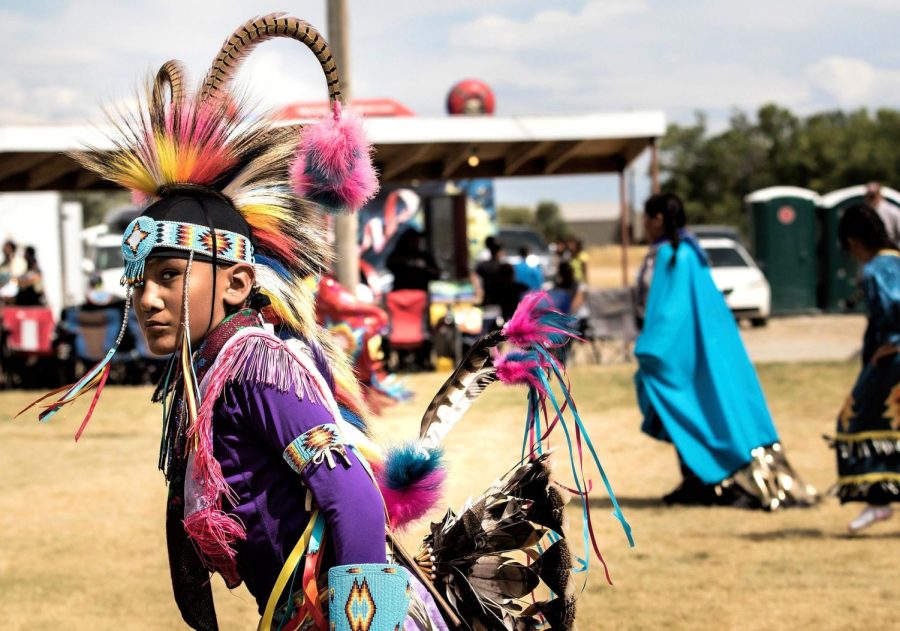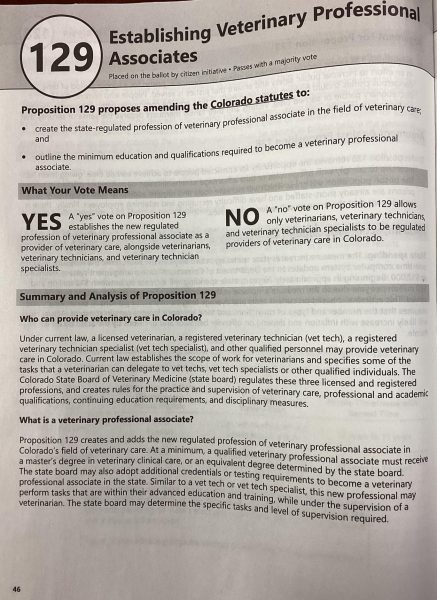ACC’s Land Acknowledgment: One Way to Recognize Native American History Month
Image via Image by Trenna Sonnenschein from Pixabay
A member of the Arapaho tribe.
It’s November – it’s time to recognize Native American Heritage Month as a moment in United States history and remember why it’s celebrated.
Jaden Netwig is the faculty chair of Anthropology at Arapahoe Community College (ACC). His important commentary regarding Native American Heritage month is one to consider.
“One important thing about Native American Heritage Month is to celebrate indigenous people who still exist and are still fighting for their rights and sovereignties, native or indigenous cultures, traditions, cultures, world views, etc.,” said Netwig.
Over the years, ACC has tried to do more to recognize Native American existence in the past and present. One way the school is doing this is by creating a Land Acknowledgment that recognizes the indigenous people who lived on the land where ACC now has campuses.
ACC’s Land Acknowledgment reads, “As a means of expressing our gratitude, and in recognition of whose territory we reside in, we want to start our meetings by acknowledging the indigenous history of the land our institution is occupying, and specifically the peoples of the Arapaho, Cheyenne, Ute, and Očhéthi Šakówiŋ tribes. We are obligated to reflect on, and actively address, the history of this area, including the Sand Creek Massacre, as we continue in our work to move this institution towards a more inclusive and welcoming place for all people.”
As mentioned in the statement, ACC pays tribute to the Sand Creek Massacre, which is one of the most tragic moments in Colorado History.
According to History Colorado, “The Sand Creek Massacre was the deadliest day in Colorado’s history, and it changed Cheyenne and Arapaho people forever. At sunrise on November 29, 1864, the US Army attacked a camp of mostly women, children, and elders on Big Sandy Creek in southeastern Colorado. The soldiers murdered more than 230 peaceful people.”
As Netwig explains, the massacre was not only horrific but was even more egregious because the government had agreed the land belonged to the Native Americans.
“This US Army and their affiliates entry into native territory in Colorado, which had been granted to native peoples by the federal government and basically committed a massacre those people,” Netwig said in a statement. “It’s unfortunate because, in 1851, the federal government tends a treaty with Arapahoe, Ute, Cheyenne, and other native nations called the treaty of Fort Laramie, which basically said most of the Colorado territory is indigenous land and the federal government did not have the right to seize that land or invade that land.”
ACC has a selection of books and staff lists of different indigenous authors, as well as other resources, on its Land Acknowledgment webpage and selected titles as part of the college’s Equity and Inclusivity webpage on the ACC Library website. The Arapahoe County Library also has a Native American History Month blog with several links to book collections and resources.
There is also a new exhibit, which opened on November 19, at History Colorado titled “The Sand Creek Massacre: The Betrayal that Changed Cheyenne and Arapaho People Forever.”
“History Colorado is telling the history of that betrayal from the perspectives of Cheyenne and Arapaho Tribal representatives, drawn from oral histories that have been passed down for generations,” History Colorado’s website explains. “The exhibition is the result of a ten-year partnership process that began in 2012 between History Colorado and the three Tribal nations.”
According to Netwig, “A lot of times, the dominant idea is that you know Christopher Columbus discovered America, for example; what we know [is] that’s false. There were indigenous peoples, tens of millions, living in North America and South America.”

Joe Groenbeck is a first-year journalism major at ACC. A Editor/Reporter who has a ton of great ideas for certain stories. A person who likes to learn new everyday topics and make decent writing stories.












